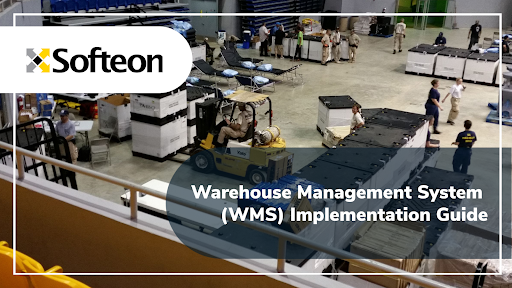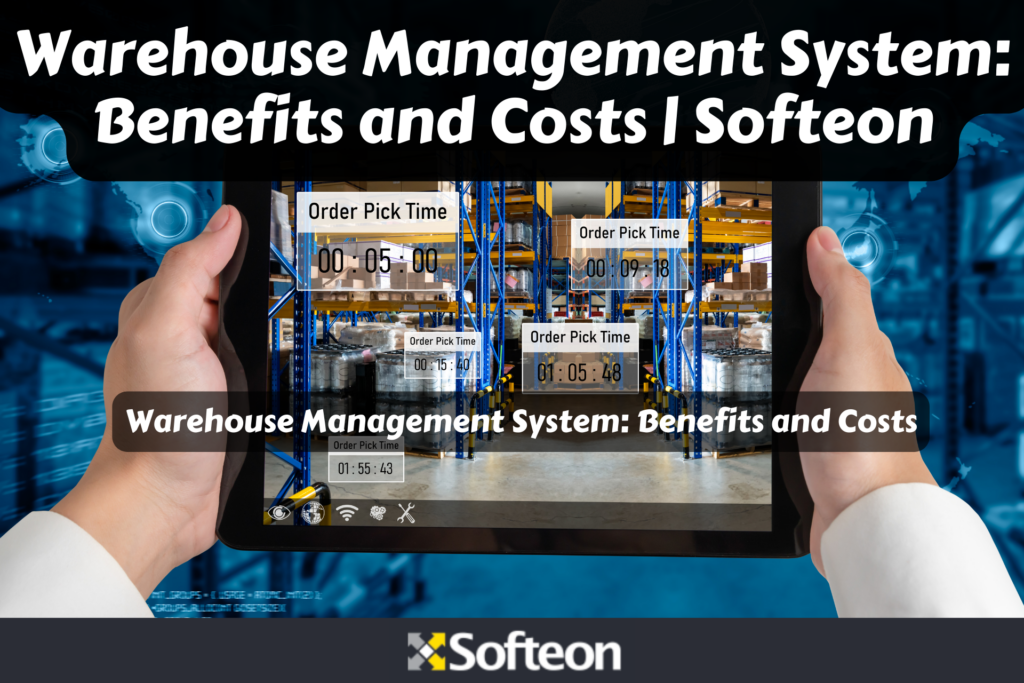Supply chain management is no easy feat. No matter where you fit into the greater whole of your industry, you have to wait on supplies from others before you can do your part. Meanwhile, buyers will be waiting on you. When any cog breaks down in the system, everyone suffers. An important means to avoid some of those breakdowns is to have an effective transportation management strategy. There’s a lot that goes into such a strategy, but these tips will help you to avoid some common mistakes.
Prioritize Visibility
If you order something from Amazon, you can track its progress from the warehouse all the way to your home – that’s a very high level of visibility that has become the norm. Being able to see that process means you have knowledge and makes you feel empowered as the customer with some sense of control. If your prized goody is stuck at a warehouse in Phoenix, you know where to direct your concerns.
Overall, visibility is powerful. It helps everyone involved with the logistics of transportation. It’s not just the warehouse, the buyer or the carrier who benefits. Everyone gets to see how the process is working and where breakdowns occur in shipping.
That said, transportation visibility won’t be entirely up to you. This is a multi-faceted process that involves many companies and moving parts. That’s why visibility has to be a part of your strategy. Seek-out carriers who can work with you towards this goal, helping you build a visible transportation process now so that you aren’t playing catch-up later.
Data, Data, Data
Data science is transforming every industry and transportation is no exception. The good news is that your efforts in improving visibility directly translate into opportunities to collect more data. All of the tracking and communication you need to establish visibility into shipping generates the very data points you need for deep analytics. This is a two-birds-with-one-stone kind of scenario.
Once you analyze your data, you can make every decision in terms of transportation an informed one. This can really form the backbone of your strategy updates, and it’s impossible to overstate the value of implementing big data from the outset.
Reliability is King
Visibility and data will help you to organize your strategy, but they’re only part of the equation. At the end of the day, you’re going to be partnering with carriers. It’s always tempting to prioritize minimizing transportation costs, but there are plenty of scenarios where that isn’t your best option for long-term success. Cycling through carriers and going with lowest bidders might save money on one part of the ledger, but if you sacrifice reliability in this endeavor, you’re going to lose money overall. This can be the result of lower sales because of falling customer satisfaction or could be based on shipping errors from the carrier, among many other possibilities. Having consistent carrier relationships helps you to get your product to its final destination in good condition and on-time. Satisfied customers are often worth more to your bottom line than employing cheapest carrier.
A great transportation strategy is so helpful, but it’s really only one part of your WMS system. What you really need is a holistic means to dealing with all of your logistics. The transportation strategy and management should fit nicely into this whole, and consolidating your various logistical components will help with efficiency and reliability throughout the supply chain process.
Contact the experts at Softeon for insight into your transportation strategy.




